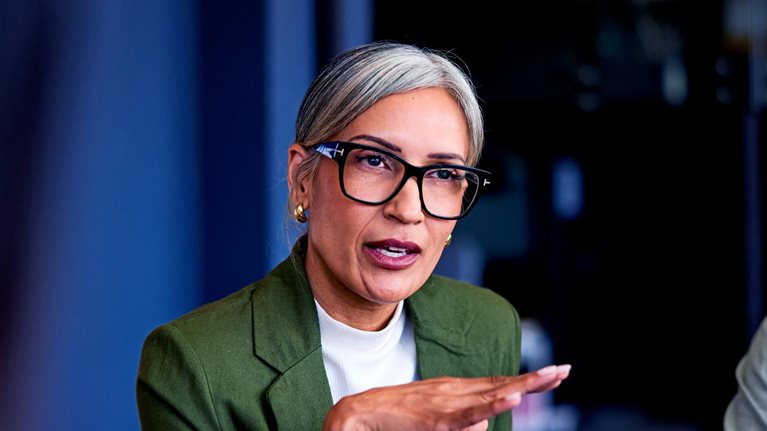Most executives know that they need to communicate early and often with long-term intrinsic investors. Compared with, for instance, mechanical investors and traders, intrinsic investors are paying closer attention to companies’ performance metrics, potential to create value over the long term, and strategic decisions—and making their investment decisions accordingly. Long-term intrinsic investors are also the ones most likely to champion a company’s prospects in the market, influencing other investor segments to follow suit. They are the ones who provide valuable guidance and feedback to management, and who will likely ride out volatility with a company.
We analyzed data for just over 320 of the largest US companies by market value and found that companies that experienced an increase in ownership by long-term intrinsic investors between 2012 and 2022 also saw an increase in TSR (Exhibit 1).

What’s more, these US companies grew almost two percentage points faster than companies that experienced a decline in intrinsic-investor holdings did and improved their ROIC (excluding goodwill) by nearly three percentage points during the period studied (Exhibit 2). By contrast, the companies that experienced a decline in intrinsic-investor holdings between 2012 and 2022 showed considerably slower growth and saw little or no improvement in margins and ROIC.

Why did the long-term intrinsic investors reward certain companies over others? In short, it all came down to performance. The US companies that demonstrated increased ownership by intrinsic investors tended to fall into one of three categories:
- Market share gainers. These companies used commercial excellence (including doubling down on digital channels), geographic expansion, and product innovation, among other actions, to increase market share relative to competitors.
- Active capital allocators. These companies consistently and effectively allocated resources to grow business and operate more efficiently. One large industrial company, for instance, allocated a higher share of its cash flows to build its digital capabilities and technology stack over a decade, which ultimately allowed it to offer more innovative products to customers than its peers did and to solidify its competitive advantage.
- Operational transformers. These companies embarked on full-scale transformations and sustained that performance over time. In some cases, the transformation was triggered by an external factor (such as an activist investor campaign), while in other cases, leadership changes prompted operating changes.
By contrast, the companies with decreased intrinsic-investor ownership fell into one of three categories:
- Ineffective capital allocators. Most of these companies made less-than-optimal allocation decisions, particularly in M&A and integration situations. They often couldn’t realize deal synergies they had initially projected or overpaid for targets.
- Growth decelerators. Companies facing secular declines—for instance, those making and selling tobacco products—also tended to face meaningful declines in growth over time, making them less attractive to intrinsic investors.
- Valuation outliers. While many of the companies in this category delivered solid operational performance, their valuation levels appeared to discount most of the positives, prompting intrinsic investors to trim their holdings or completely exit.
Our analysis reveals a close connection between companies’ focus on fundamental performance and long-term intrinsic investors’ ownership. The lesson is clear: All companies get the investors they deserve. Focus on operating performance, and the right investors will follow over time.


